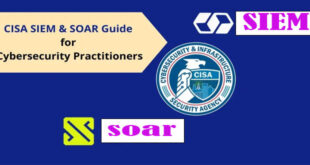OWASP has released its AI Testing Guide, a framework to help organizations find and fix vulnerabilities specific to AI systems. This initiative meets the rising demand for specialized security, privacy, and ethical testing in AI, which is essential for sectors like healthcare, finance, automotive, and cybersecurity.
OWASP is known for its Web Security Testing Guide (WSTG) and Mobile Security Testing Guide (MSTG), but the AI Testing Guide addresses the specific risks of AI applications.
AI systems, unlike traditional software, behave unpredictably, depend on data quality, and are vulnerable to threats like adversarial attacks, data leakage, and model poisoning.
The new guide draws on established OWASP methodologies but is technology- and industry-agnostic, making it relevant across diverse AI deployment scenarios1.
AI testing involves more than just checking functionality. AI models, which learn from large datasets and can change over time, face unique issues like bias and drift that traditional software doesn’t. The OWASP AI Testing Guide highlights these:
Bias and Fairness Assessments: Making sure AI systems are fair and don’t lead to discrimination by checking for bias in the data.
Adversarial Robustness: Simulating attacks with crafted inputs designed to mislead or hijack models, a critical step given the susceptibility of AI to adversarial examples.
Security and Privacy Evaluations: Testing for vulnerabilities like model extraction, data leakage, and poisoning attacks, while using privacy-preserving methods like differential privacy to meet regulations.
Continuous Monitoring: Ongoing checks of data quality and model performance to identify changes or issues as AI systems work in changing environments.
The guide is designed for a wide audience like developers, architects, data analysts, researchers, and risk officers, offering practical steps for all stages of the AI product lifecycle.
It provides a strong set of tests, including data validation, fairness checks, adversarial robustness, and ongoing monitoring, helping organizations document risk validation and control.
OWASP’s method involves collaboration, starting with an expert draft that is improved with community feedback.
The project roadmap features a series of workshops, engaging interactive sessions, and a systematic update cycle, ensuring the guide remains pertinent as AI technologies and threats continue to evolve.
The goal is to promote the widespread use of strict AI testing practices to build trust in AI solutions and protect against new risks.
OWASP launches the AI Testing Guide to set a new standard for AI security, ensuring organizations can deploy AI systems while addressing vulnerabilities, biases, and performance issues.
Axentec Launches Bangladesh’s First Locally Hosted Tier-4 Cloud Platform
 InfoSecBulletin Cybersecurity for mankind
InfoSecBulletin Cybersecurity for mankind













